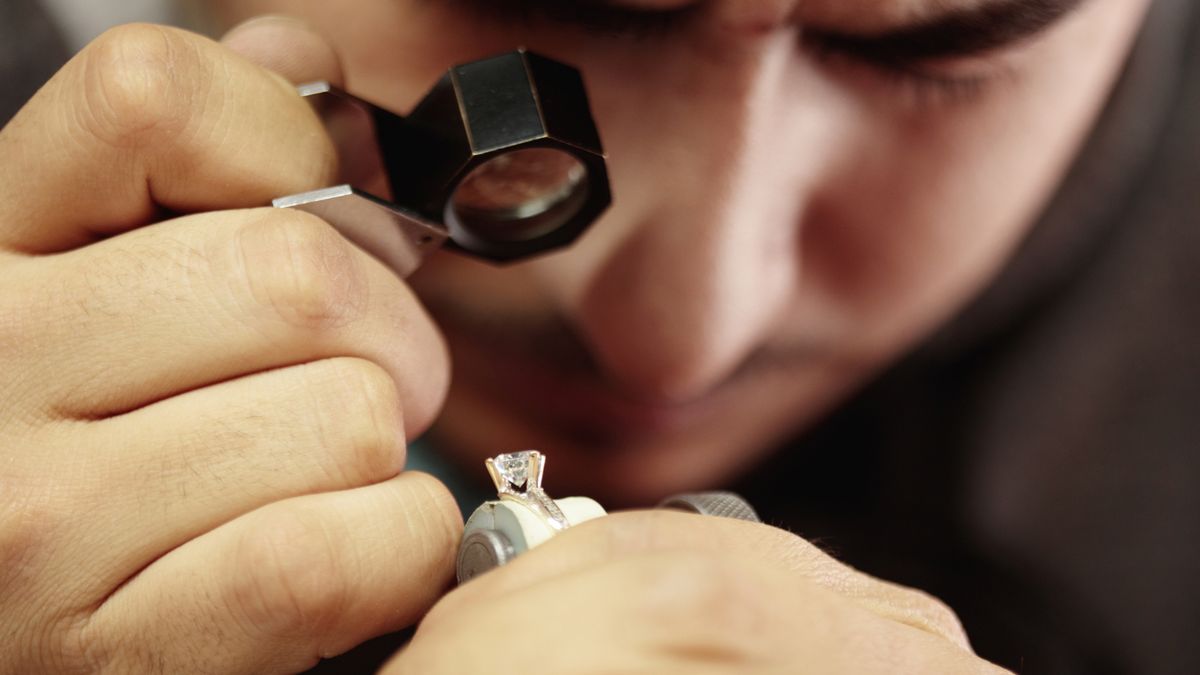"Karat" is a unit of measurement used to indicate the purity of metals, while "carat" is a unit of measurement used to quantify the weight of gemstones.
What does karat mean?
"Karat" (often abbreviated as "K") is a unit of measurement used to indicate the purity or fineness of precious metals, particularly gold. It is used to express the proportion of pure gold in an alloy.
Karat is commonly employed in the jewelry industry to describe the gold content in items such as rings, necklaces, and earrings. The higher the karat value, the purer the gold. For example, 24 karat gold is considered pure gold, while 18 karat gold contains 75% gold and 25% other metals like copper or silver. Lower karat values signify a lower gold content and a higher proportion of alloy metals. Karat is crucial for determining the quality, value, and durability of gold jewelry.
Example sentences
- She received a beautiful necklace made of 24-karat gold for her anniversary.
- The jeweler explained that the ring was crafted from 18-karat white gold.
- The pendant had a stunning 14-karat yellow gold setting.
- He invested in a collection of 22-karat gold coins.
- The antique brooch was made from 14-karat rose gold.
What does carat mean?
"Carat" (abbreviated as "ct") is a unit of measurement used to quantify the weight of gemstones, particularly diamonds. One carat is equivalent to 200 milligrams, which is about 0.007 ounces.
Carat weight is a fundamental characteristic in the assessment of the size and, to some extent, the value of gemstones, with diamonds being the most commonly evaluated using this unit. Larger gemstones have higher carat weights, and this often makes them more valuable, assuming that other factors such as color, clarity, and cut are similar. Carat weight plays a significant role in determining the overall desirability and market price of gemstones, especially in the jewelry industry.
Example sentences
- She was thrilled when she received a diamond engagement ring with a one-carat center stone.
- The jeweler carefully weighed the gemstone and confirmed it was a genuine two-carat sapphire.
- The rare red diamond was incredibly valuable, weighing in at 0.5 carats.
- The earrings featured a pair of brilliant-cut, three-carat diamonds that sparkled in the light.
- Gemologists use precise scales to measure gemstones down to the hundredth of a carat to determine their exact weight.
What is the difference between karat and carat?
The primary differences between "karat" and "carat" can be summarized as follows:
Purpose: "Karat" is used to measure the purity of precious metals, mainly gold, in jewelry, whereas "carat" is used to measure the weight of gemstones, particularly diamonds.
Units: "Karat" is measured in whole numbers, with the scale typically ranging from 0 to 24 (pure gold), whereas "carat" is a unit of weight, measured in fractions of a carat (e.g., 0.25 carats, 1.50 carats).
Indicative Use: When discussing jewelry, you would use "karat" to express the gold content (e.g., 18 karat gold), and when talking about gemstones, particularly diamonds, you would use "carat" to denote their weight (e.g., a 1.00-carat diamond).
In summary, while "karat" and "carat" may sound similar and share historical origins linked to the carob tree's seeds, they serve entirely different functions in the realms of precious metals and gemstones. Understanding their distinctions is vital for those involved in the jewelry or gemstone industries, as well as for consumers looking to assess the quality and value of their purchases.
Want to sound like a native speaker?
Engram’s AI-powered grammar checker makes your English sound like a native speaker’s, suggesting natural English expressions on top of fixing grammar, spelling, punctuation, word order, and vocabulary.















